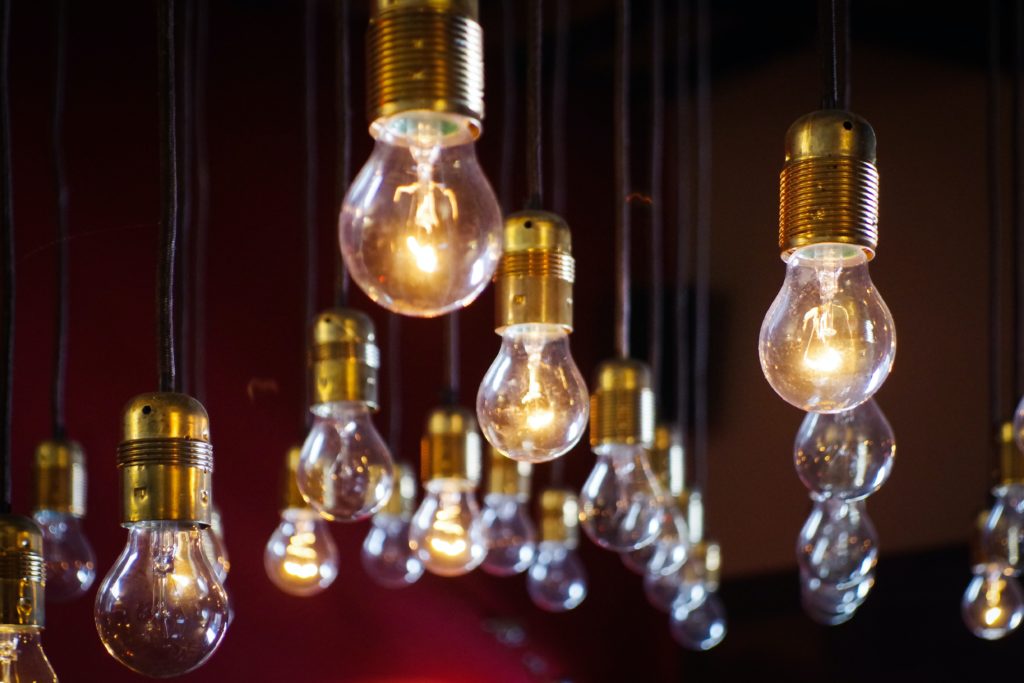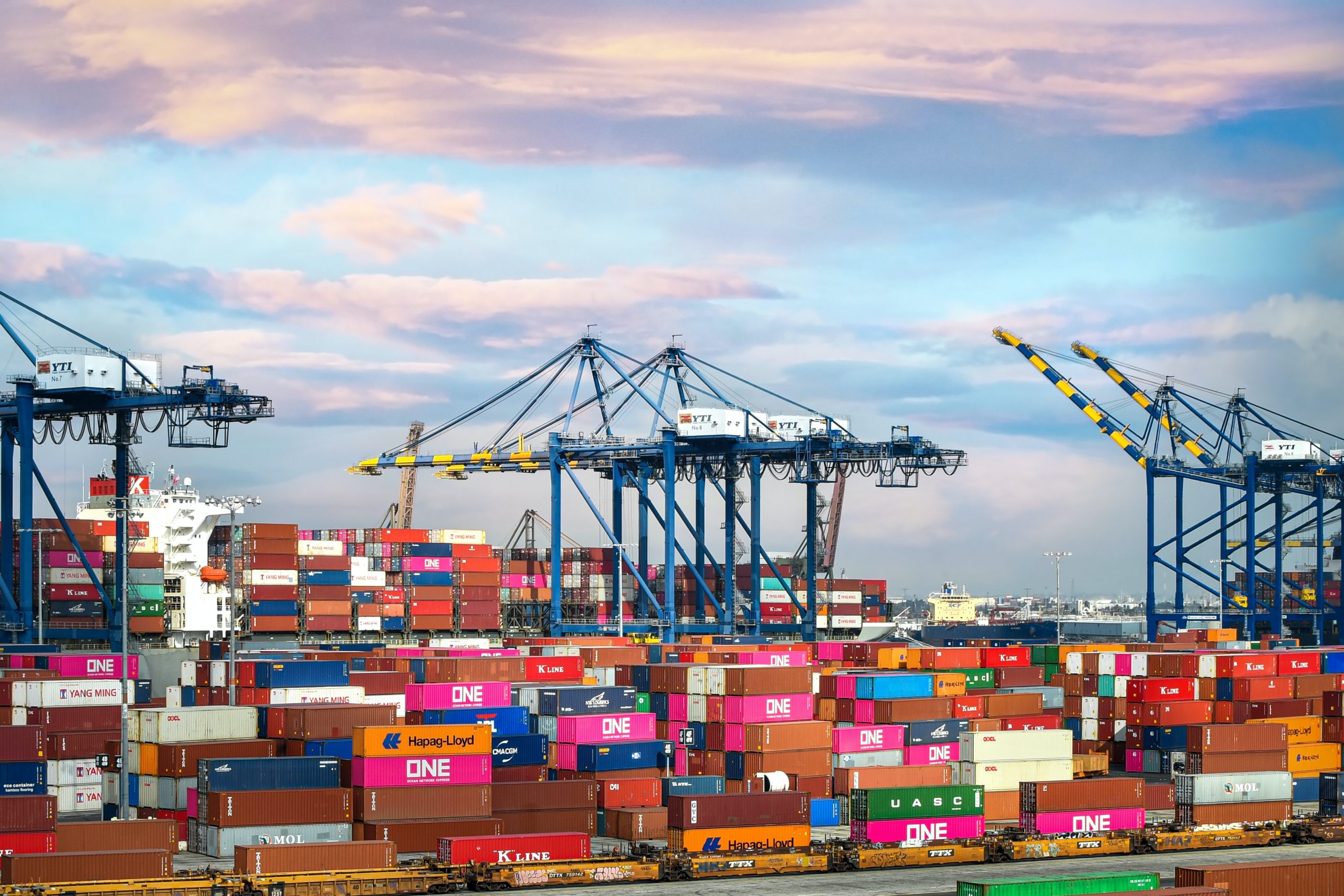The creation of a new “Subsidized Energy Tax” has received approval from the Latvian Council of Ministers. Firms getting financial assistance for energy production from CHP or alternative electric power resources will be responsible for paying this levy. This charge is intended to make up for the rising cost of the compulsory procurement element for Latvian businesses and consumers. Housing incentives will be provided to low-income families as a social assistance system.

Tax rates
The tax is levied at three distinct rates: 5% for centralized heating installations, 15% for fuel generation, and 10% for renewable sources.
15%
Applies to chargeable revenue from the sale of power produced with the help of fossil fuels and supplied as part of the required acquisition. The tariff also refers to the fixed charges for the fixed electrical capacity in machinery that burns fossil fuels.
10%
applies to chargeable revenue from the sale of generated electricity from alternative energy channels and supplied within the parameters of required procurement. It also refers to fixed rates for the specified capacity in machinery used to produce and generate power.
5%
suitable for taxable revenue from power sales made under the terms of compulsory buying. Energy generated in high-performance co-generation facilities with an established electric output of little more than 4 MW in organic gas co-generation facilities is also taxable at this rate. In cogeneration facilities using renewable supplies, electricity generated without regard to installed electric capacity is also subject to 5% taxation.
Additionally, if the taxpayer distributes at least 70% of the thermal heat generated through the cogeneration method as a heating source, he is liable to a 5% levy.
Legislation
The subsidized electricity law of 2013 specifies the tax’s purpose, its filers, its rate, the upkeep of a producer’s record, and its calculation and administration. The following sources of income are levied:
- Energy sold to the national operator,
- A licensed energy transmitting or distributing company, and
- Assured compensation for the electrical power built in a cogeneration facility, or power station.
The terms of Article 40 of the Energy Law, which were in effect from October 6, 1998, to June 7, 2005, and the pertinent Cabinet proceedings, are followed when imposing taxes.
Registration of subsidized tax
A list of manufacturers of subsidized power is created and updated by the Department of Finance, which is in charge of the energy industry.
The accompanying details are required by the Department to register:
- Information regarding the taxpayer and the electricity production facility he owns.
- The documents sent to the taxpayer detail tax liability paid during the tax year.
The Department takes three days to conclude by informing the State Budget Office and the public merchant.
Therefore, the supervisor is required to notify the administration within two business days if the claimant does not adhere to the rules. Additionally, the regulator is required to notify the taxpayer if the taxpayer’s power generation or thermal heat trading license expires.
If the cogeneration facility control group determines that the taxpayer’s actual condition does not match the data he submitted, it must notify the authorities.
Duties of taxpayers
A taxpayer is required to electronically compile data on the sorts of raw materials used each day in the manufacture of bioenergy. A taxpayer is also required to compile records on the daily production, consumption, and sale of thermal energy.
The public dealer, who provides the taxpayer’s taxable income throughout the taxation period, is responsible for tax withholding and payment to the government budget. When making income payments, the public trader deducts the tax, which is then paid to the government budget within five days after the conclusion of the taxation period.







